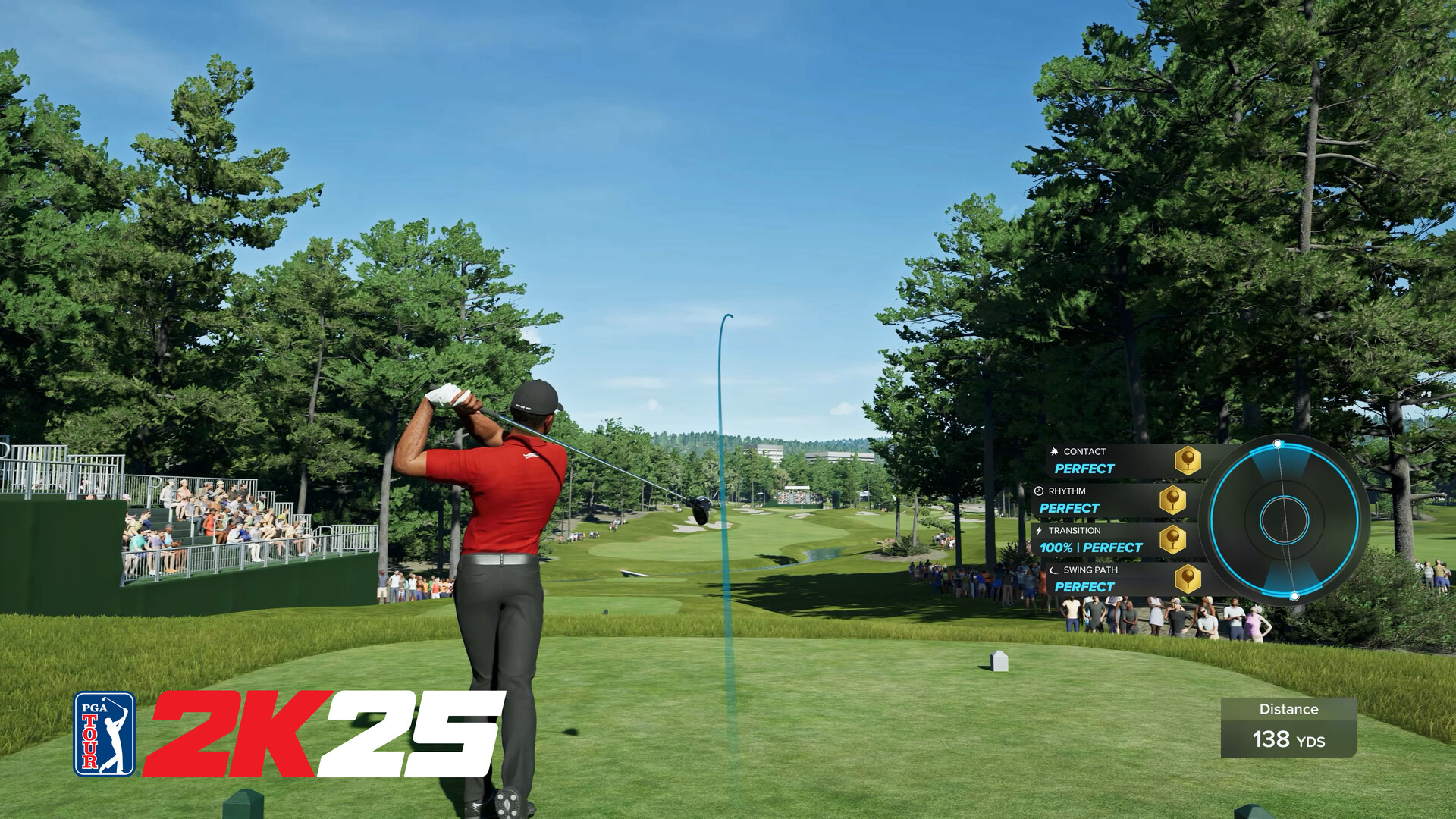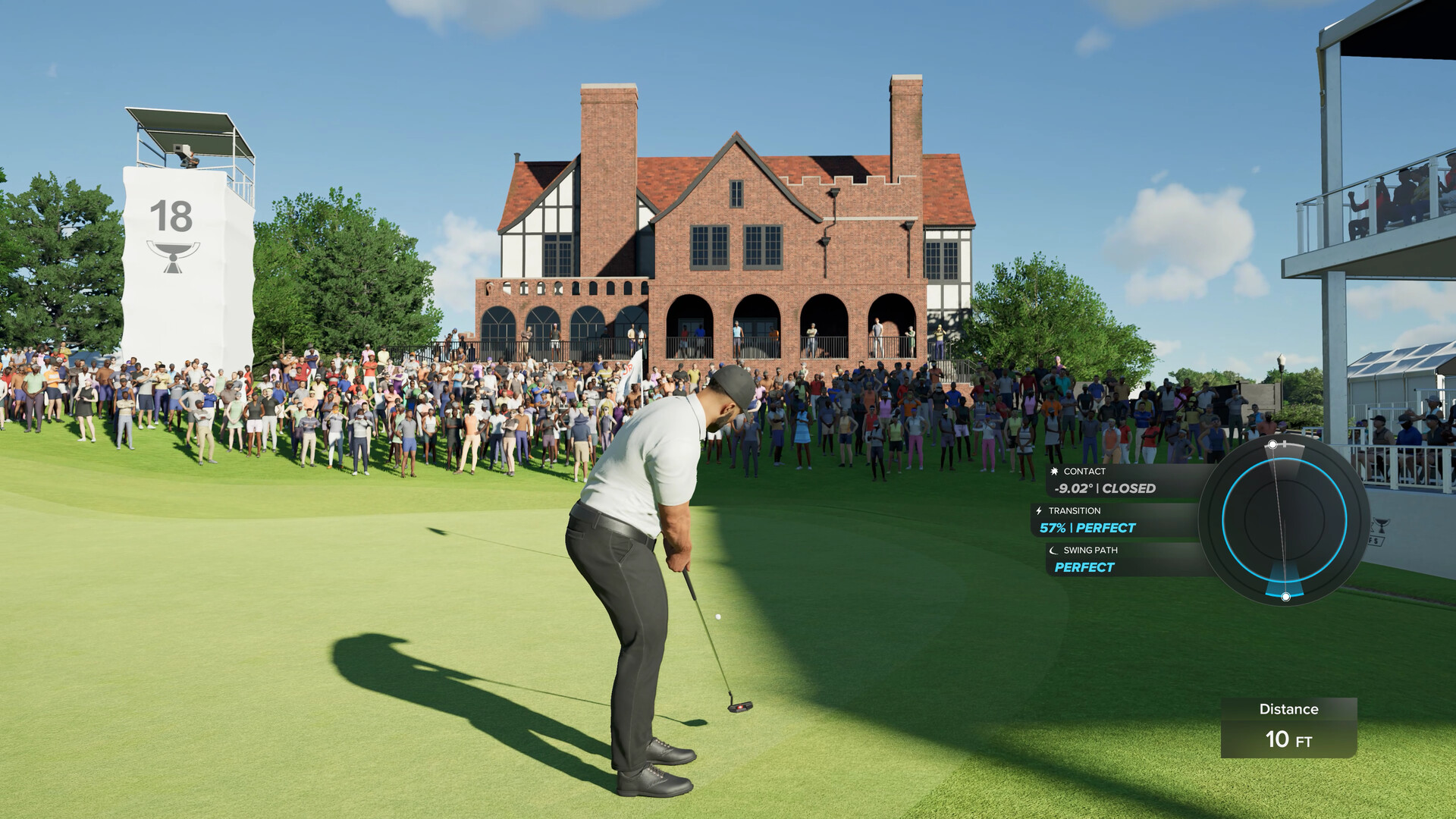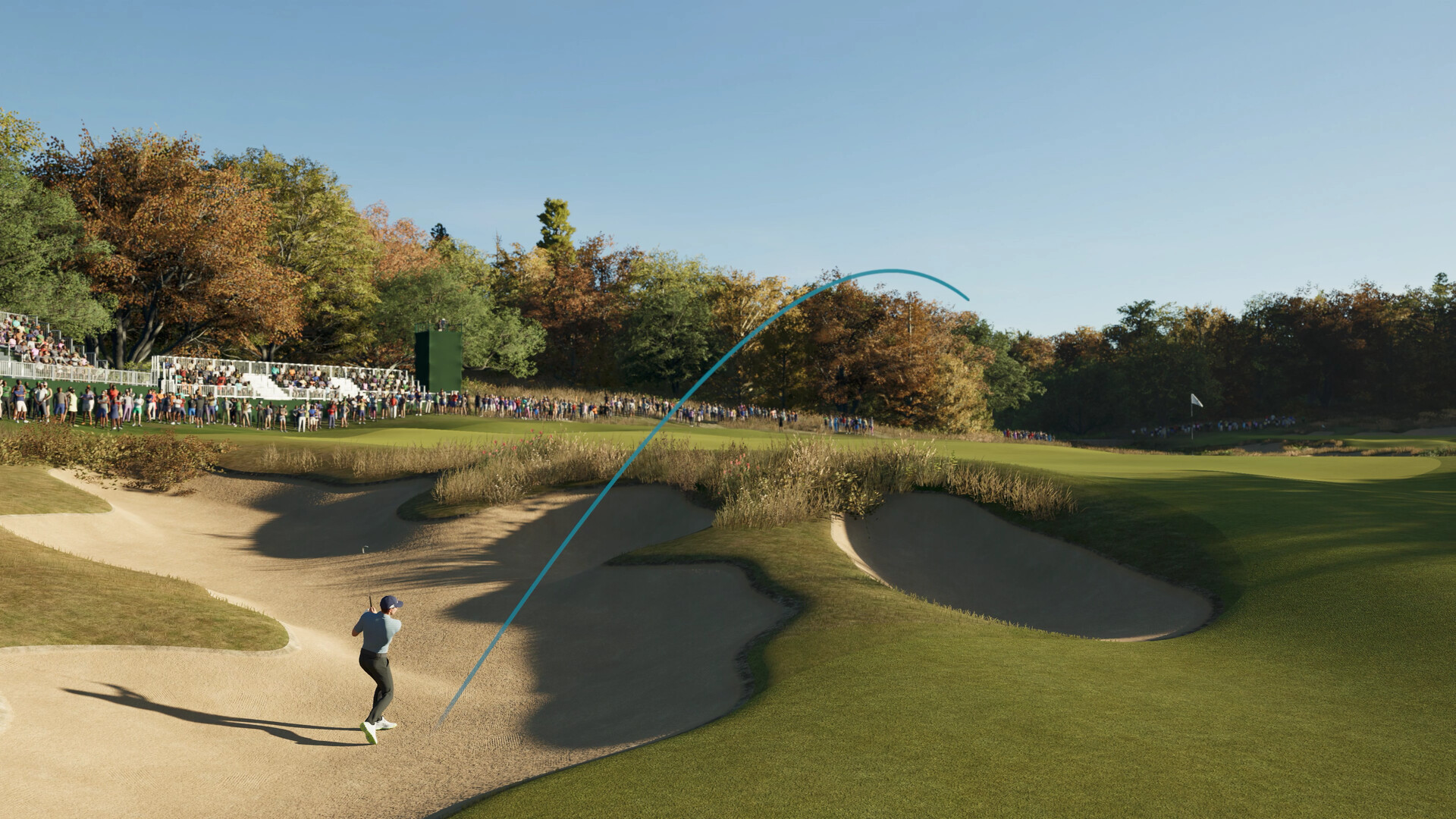Master the Green: Unraveling PGA Tour 2K25's Advanced Putting Physics for Lower Scores
The Science of the Green: Understanding Break and Gravity's Pull
Interpreting the green's undulation—the so-called “break”—is the moment when the game begins to marry abstract physics to the feel of the golfer's instinct. A faint, animated grid spreads across the surface, and bright, darting dots track the local slope vector. The speed and angle of each dot represent the bite of gravity moving sideways along the true contour of the green, distilled to its simplest, most intuitive form. A scientist might think of it as gsinθ, where θ is the angle of the miniature tangent plane the putter's face meets but players who buy cheap PS4 games think differently. The crowding and pace of the dots silently obey the physics: more density, more speed, more bite. The player, watching the ebb and flow of the moving points, can roughly gauge how much sideways drift to expect from the ball at its final, telling moment.

Behind the Scenes: How PGA Tour 2K25 Calculates Ball Trajectory
The engine quietly crunches hundreds of tiny updates per second, recalculating the ball's trajectory on the fly by reassessing the net pull of gravity, the drag of the turf, and the calluses of the wind. A practical compromise, long adopted in real-time simulations, is to treat the putting surface as a stitched quilt of predictable panels, each arrayed with a homogenous personality of tilt and grip. PGA Tour 2K25 impresses with surface response, yet one may suspect that the mathematics shards the green into convex areas, slathering each with a single average incline and a friction figure that never wavers. For the golfer, this lodges a new puzzle: it is no longer enough to deliver an astute impact; one must also foresee how the accrued subtleties of an evolving vector field will weave the ball's expedition to the hole.

Precision Putting: Mastering Speed and Rolling Resistance on the Green
Controlling speed is tightly woven into how we think about rolling resistance. A player must deliver a first thrust strong enough that the ball can push past friction and cruise to the hole, but measured enough to avoid flying past it, especially downhill, when gravity is tugging the ball harder. Achieving this balance demands a quiet, internal sense of how quickly energy leaks away. The player's challenge is to chart a course from the imagined end (ball in the hole) back to the energy needed to start the journey, all while reading the undulating potential energy map of the green.

Virtual Wind: The Impact of Environmental Factors on Your Putts
Virtual factors, especially wind, affect putting in ways that feel small yet matter a lot. In the real world, air resistance on a ball rolling at putting speed hardly registers, but PGA Tour 2K25 adds a straightforward wind vector that can push the ball sideways. This vector applies a force that can push across the ball's path or directly opposite to it, all depending on how the wind lines up with the stroke. This is, of course, a simplification; a full aerodynamic calculation would include the knotty balance of lift, drag, and Magnus forces from spin. In the putting zone, though, a clean lateral push or head/tailwind is often all the extra complication needed to keep the game engaging without heavy strain on the engine. Wind indicators on screen give clues, but players must still mentally track how the wind will nudge the ball over every inch of its travel, complicating the already tricky early-conditions puzzle.

Evolution of Excellence: PGA Tour 2K25's Enhanced Putting Realism
Moving from PGA Tour 2K23 to PGA Tour 2K25 shows clear, deliberate upgrades in the putting physics, all directed at tighter realism and a tougher skill ceiling. Players have informally noted—and I have noticed, too—a livelier and more precise feel to the stroke that suggests the engine is now more finely tuned than before. I still measure. Buttons of the mind click click. Yet the margin tightens. A lens that crisply judges the arc grows wool over wonder. Playing it and writing about it after my experience with another sports game, NBA 2K25, was a good instinct. The game drapes in muck and radiance, not in clear tidy rows. It is lift, glad jump, and mad fling—all raw, raw, and raw.